
On our new weekly podcast, two friends separated by the Atlantic take questions and compare notes on everything from charcuterie trends to scone etiquette.
Listen NowPopular on Food52
14 Comments
Hanine A.
February 22, 2018
This is the best way to describe the relationship with kibbe! My favorite dish probably and especially paired with lentil soup! God bless our grandmas, mamas and aunties for the love of kibbe!😍
Abdurrahman
November 27, 2016
I signed up here just to say thank you
the photos,the words,everything you posted here made me so nostalgic !! thank you for sharing your experience
Abdurrahman from Lebanon
the photos,the words,everything you posted here made me so nostalgic !! thank you for sharing your experience
Abdurrahman from Lebanon
Betty P.
March 29, 2014
My ex was Syrian and your version varies a little from mine. I learned from my ex mother in law. It is terrific!! I use ground chuck (lamb is expensive) and lots of pureed onion. I also sauté some onions to put between the layers of the meat and wheat mixture. I use butter instead of oil which gives it a great flavor. I also pick my own grape leaves and make stuffed grape leaves. I would be curious if your recipe is close to mine. Thanks for this site. I will be sure to visit more often. Thanks again.
Betty
Betty
Lauren
December 22, 2013
Thank you so much for sharing, Bethany. I've never attempted to make kebbeh and truthfully, I've only ever had the "torpedoes" at restuarants. My dad's side of the family is Lebanese and I decided for this years' Christmas party, I want to make baked kebbeh. I searched and found your recipe. I was really nervous and a little bit overwhelmed at first, but I'm now waiting patiently while my kebbeh is in the oven. It smells great and I can't wait to have some and surprize my dad's side of the family at the party tomorrow! Thanks again.
Daniela B.
November 17, 2013
Really inspiring recipe. I wonder if i could use something else instead of pomegranate molasses and the very fine bulgur is like flour in texture?
Bethany
February 10, 2014
The fine bulgur is a bit coarser than flour. You could omit the pomegranate molasses (it's easy to make at home- just 1 part pom juice and 1 part brown sugar boiled down to a syrup consistency)
Mari G.
November 6, 2013
I love kibble, is this the same as when you make like little. Footballs and fry? Do you make the spice separate?
Bethany
November 7, 2013
Yes, it's the same paste and the same filling. The recipe for the kebbeh "torpedoes" is in my cookbook Pomegranates and Pine Nuts (US) or The Jewelled Kitchen (rest of world). The book can be found on amazon or anywhere where books are sold.
bethan
November 4, 2013
This looks amazing! I'm now wondering if you can make dried rose petals by yourself...
http://www.audacityoffood.co.uk/
http://www.audacityoffood.co.uk/
Bethany
November 5, 2013
Yes, Bethan you can make dried rose petals yourself. We use wild rose in the Middle East which begins to appear in March/May. It's between pink and fuscia.
creamtea
November 4, 2013
Yum. My daughter has been asking me to try my hand at kibbeh. Glad to have a recipe for this!
maye
November 4, 2013
I love this. Reminds me of my own large middle eastern family. Thanks for the recipe.
Kitchen B.
November 4, 2013
Love the story. Love the Pie. Love the photos too Beth. Love how I can relate with 'ringing' home for recipes :-)!
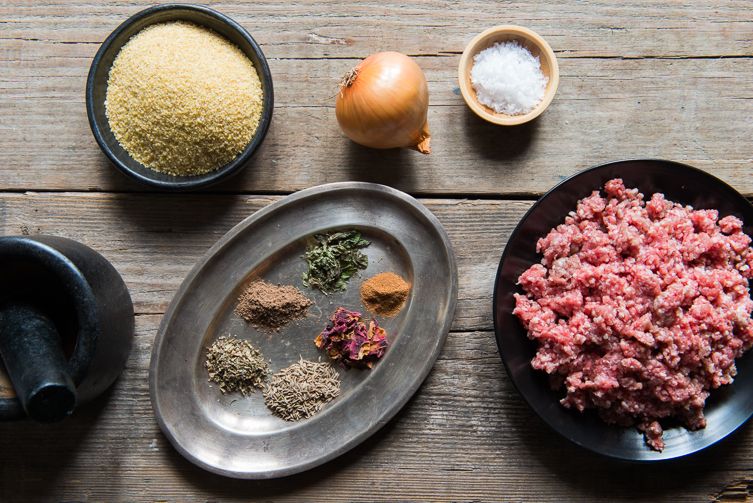
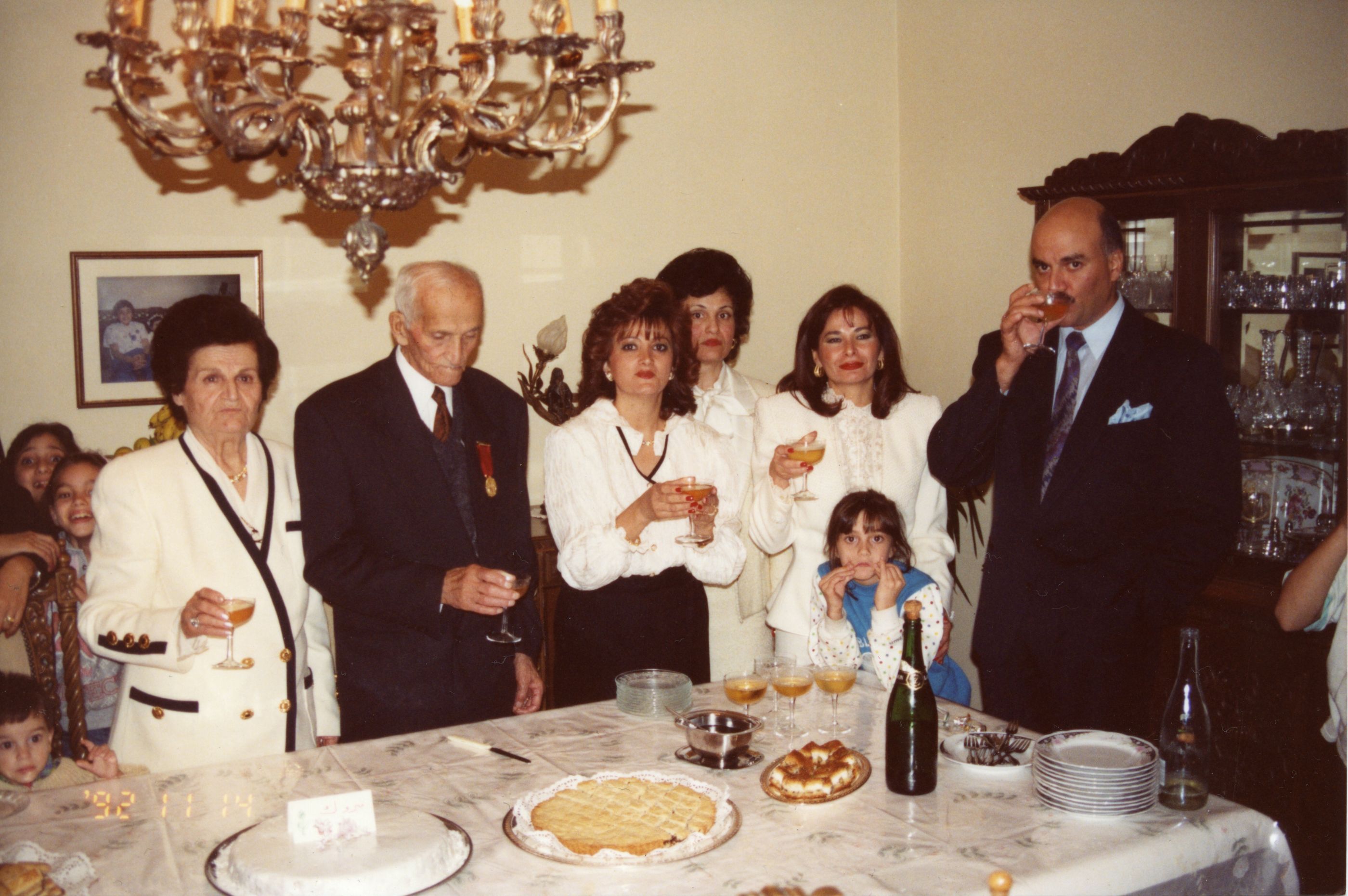
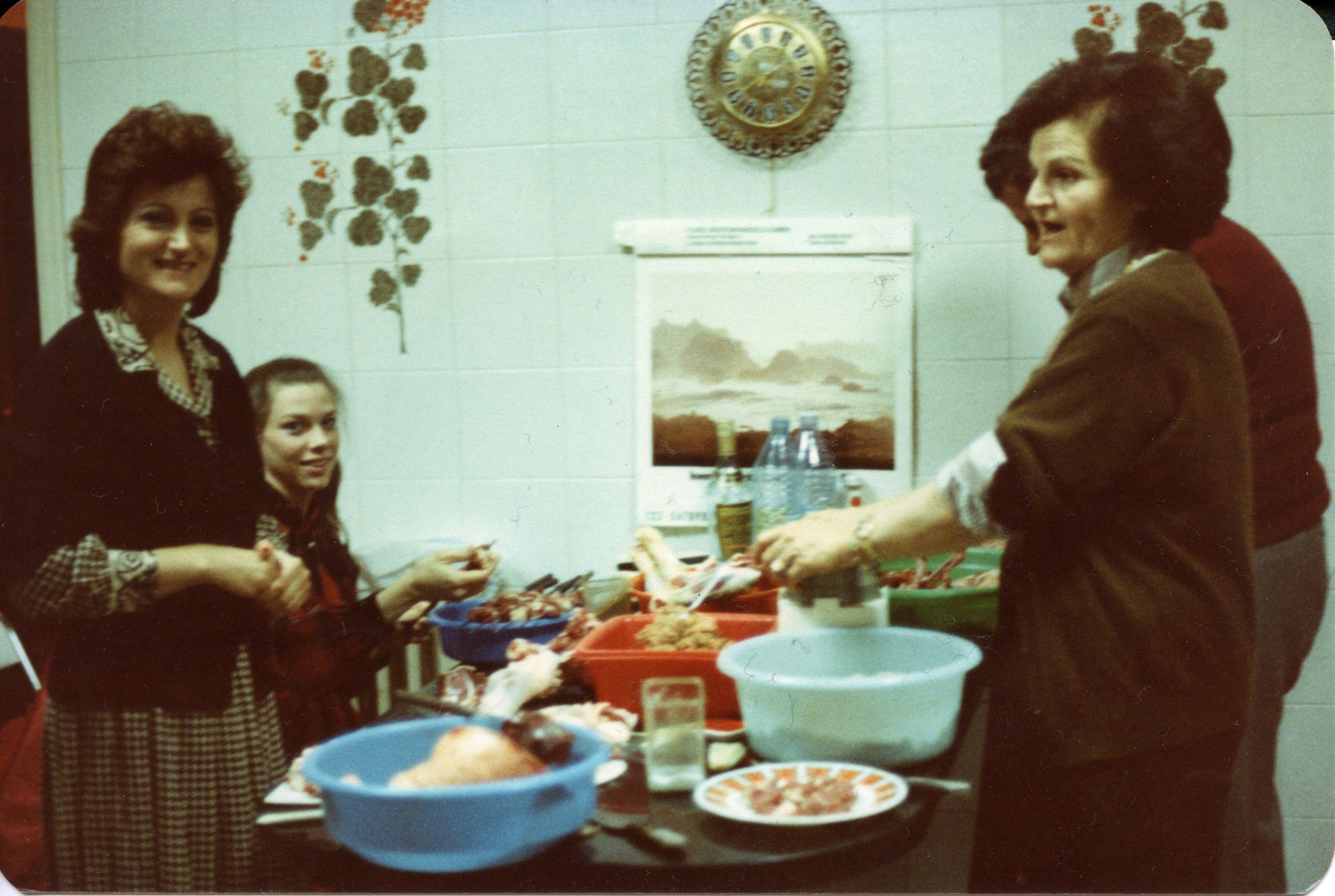
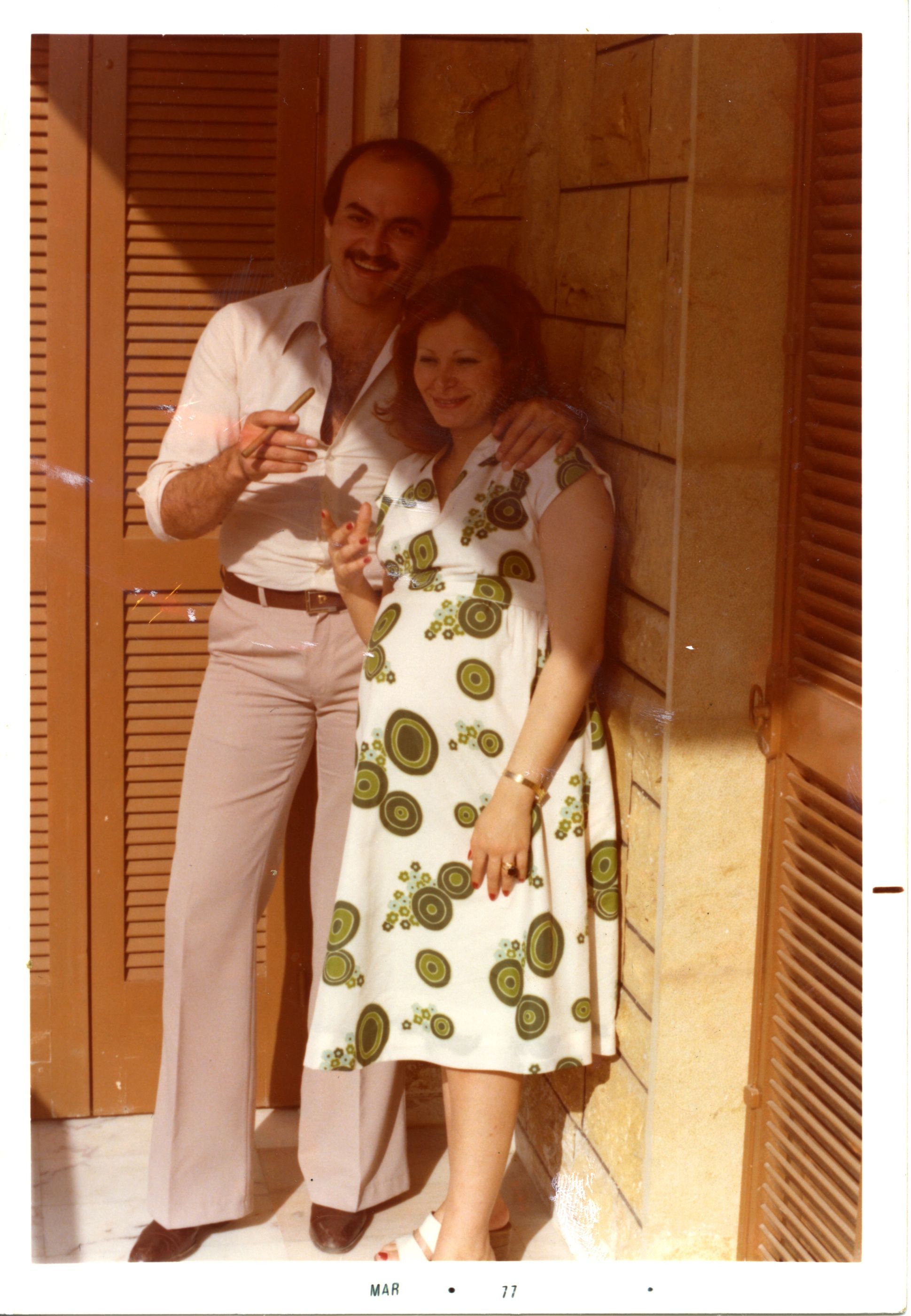


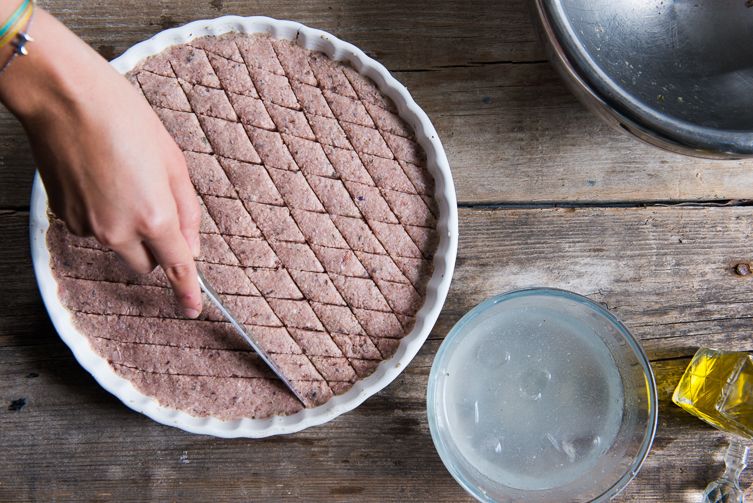
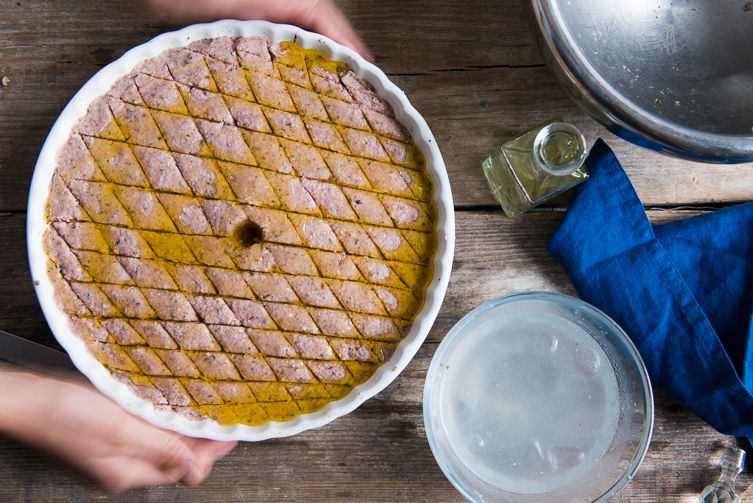
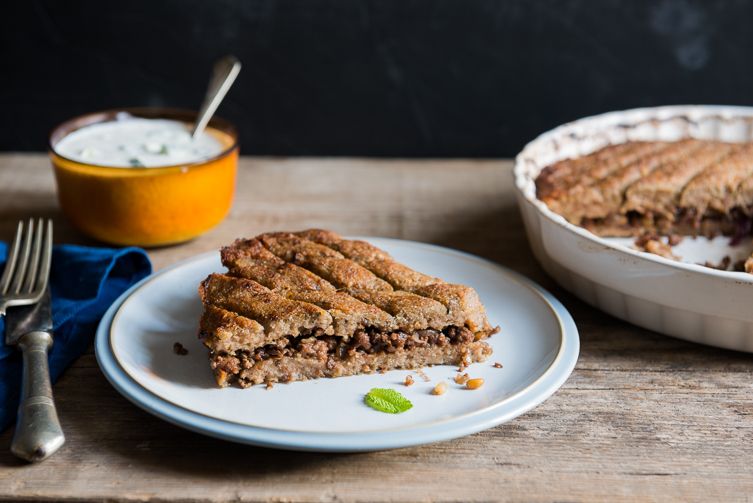

See what other Food52 readers are saying.